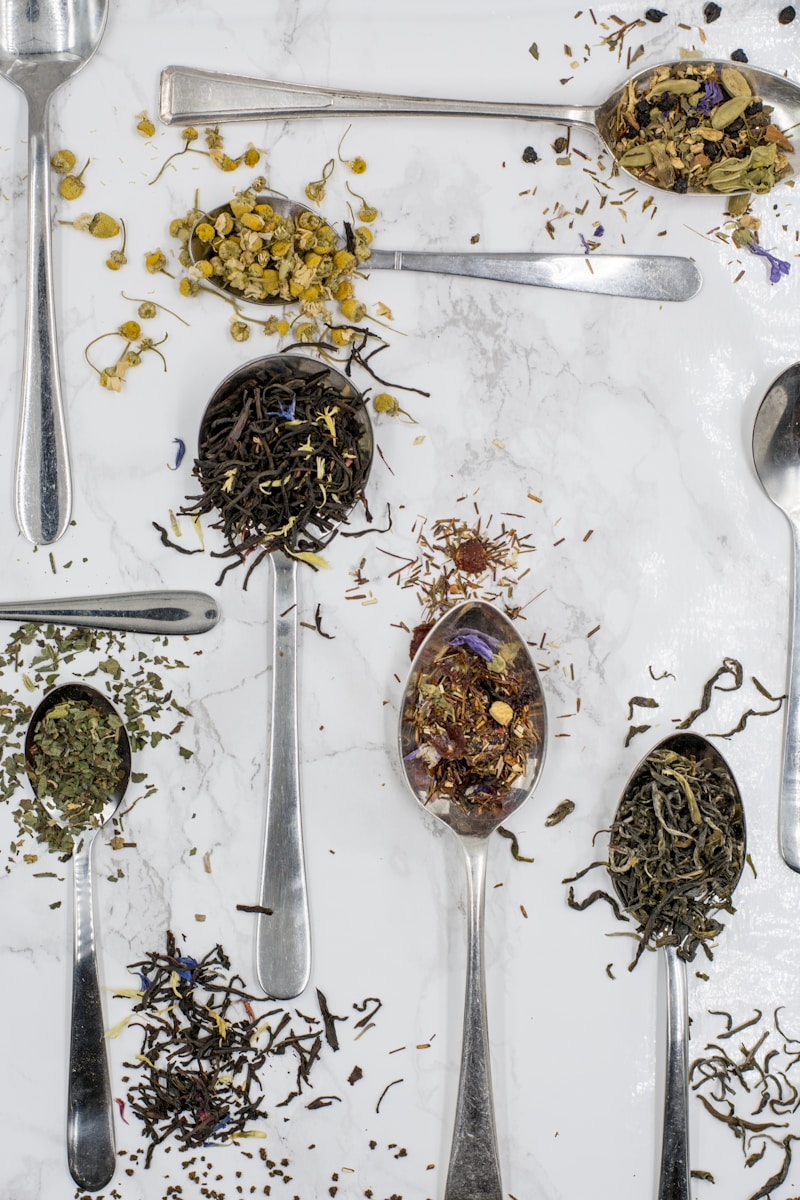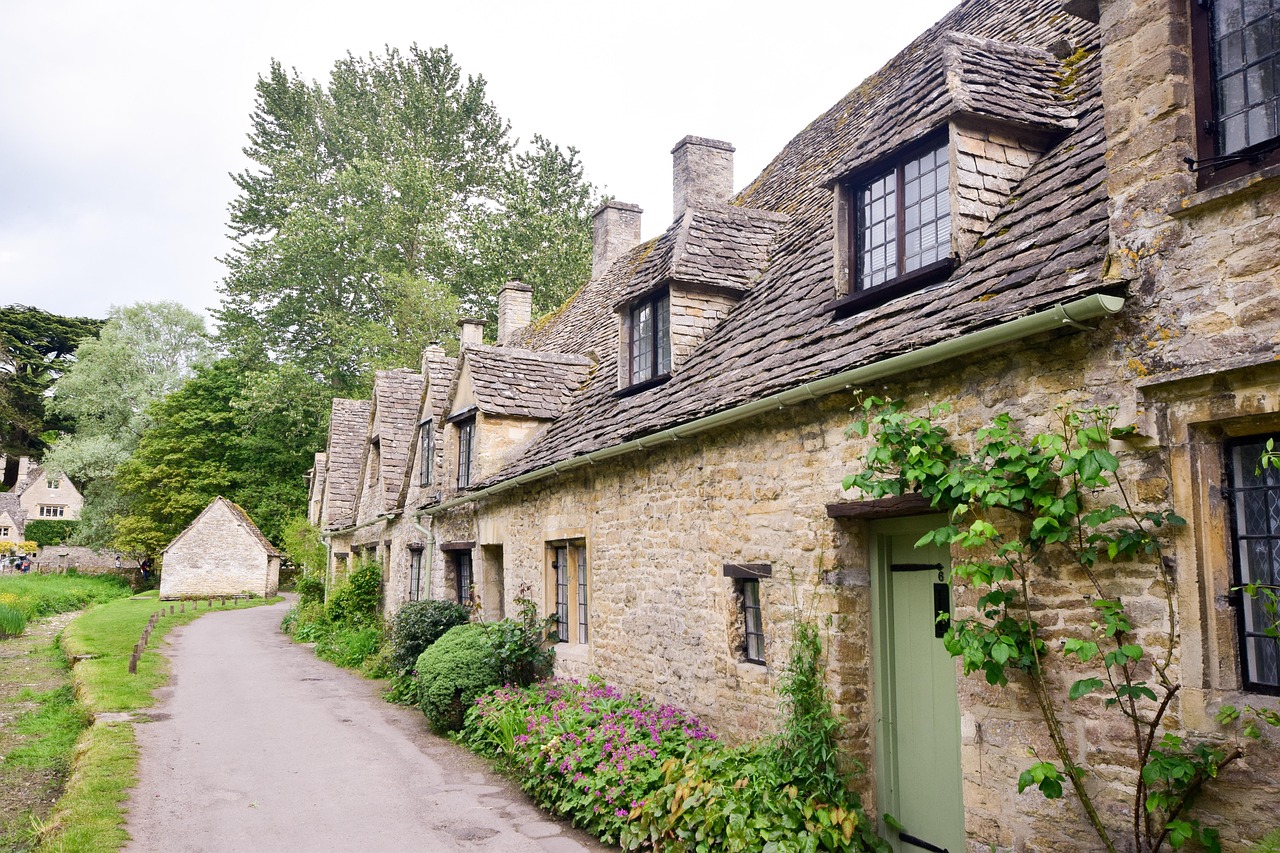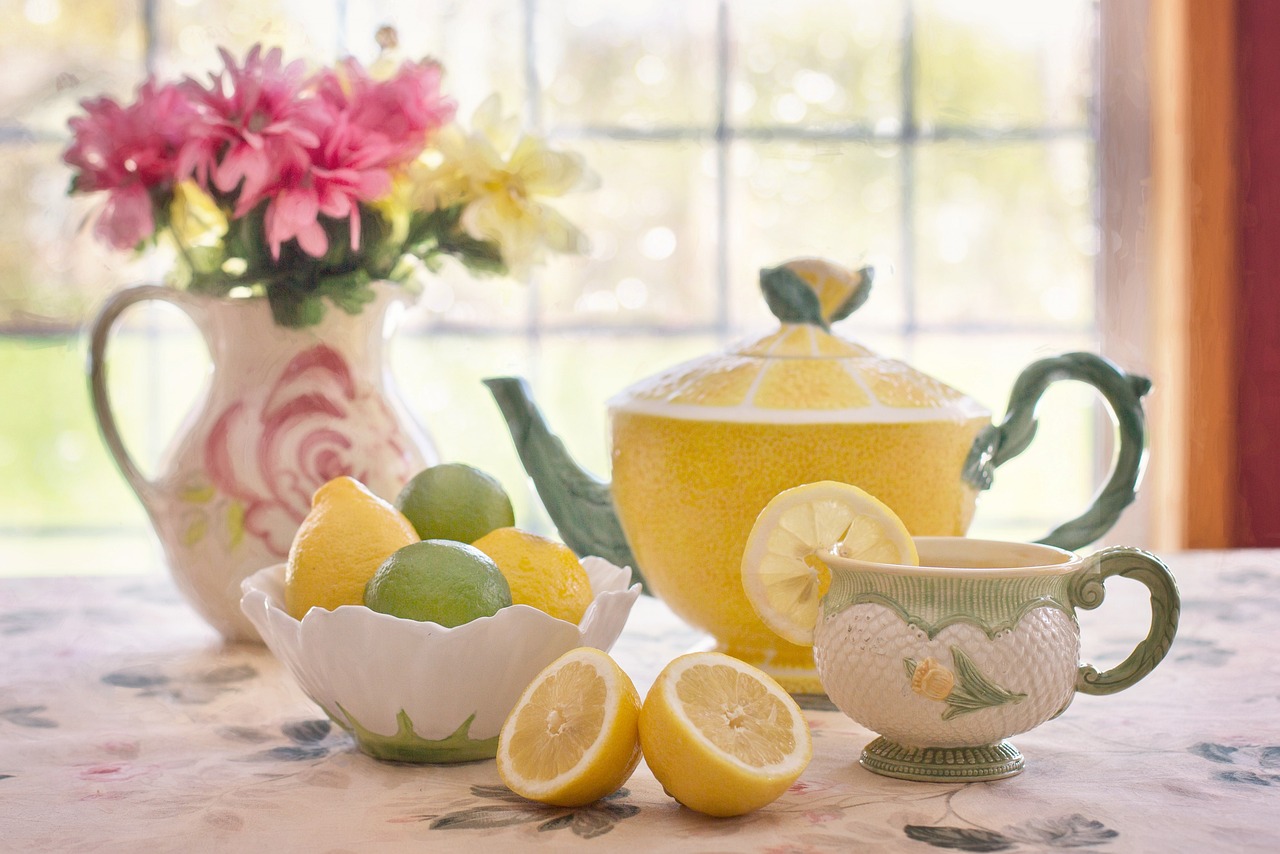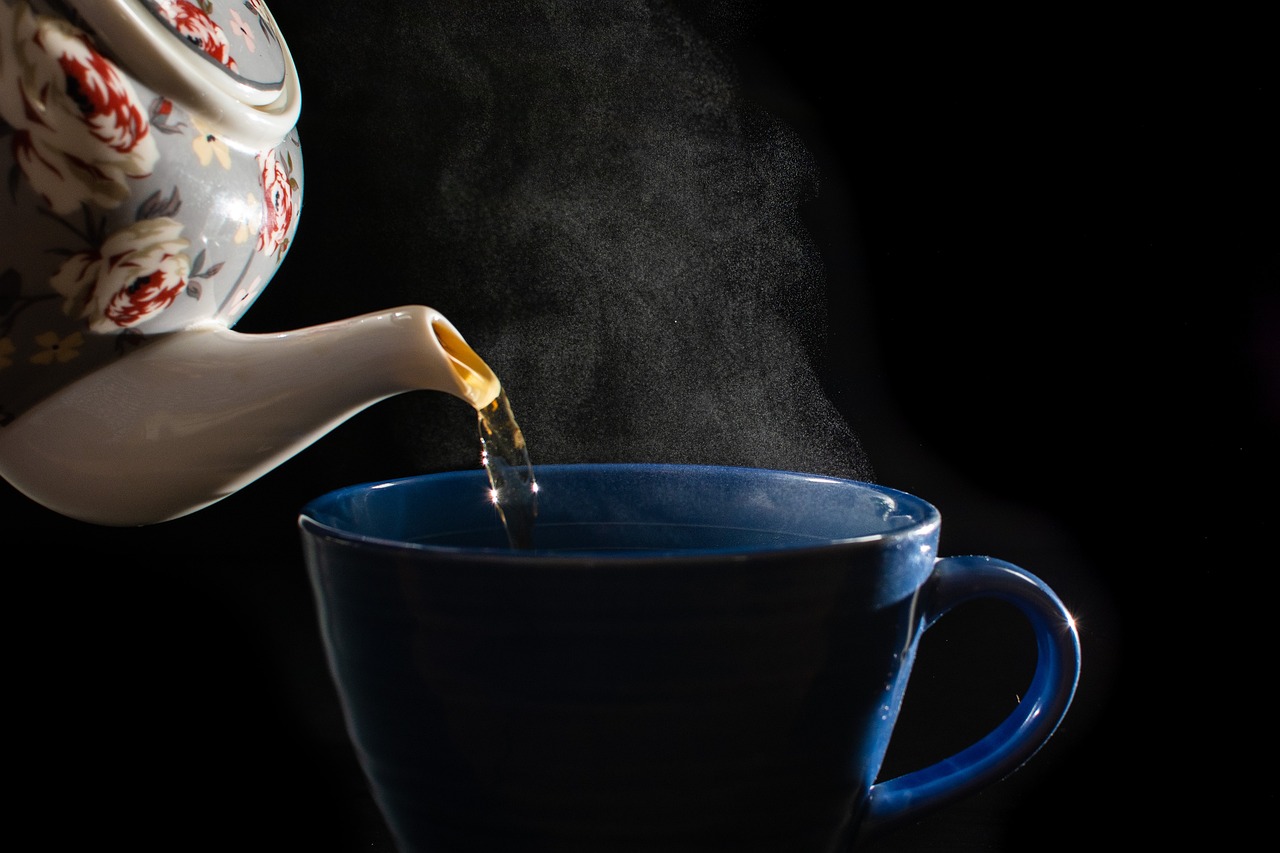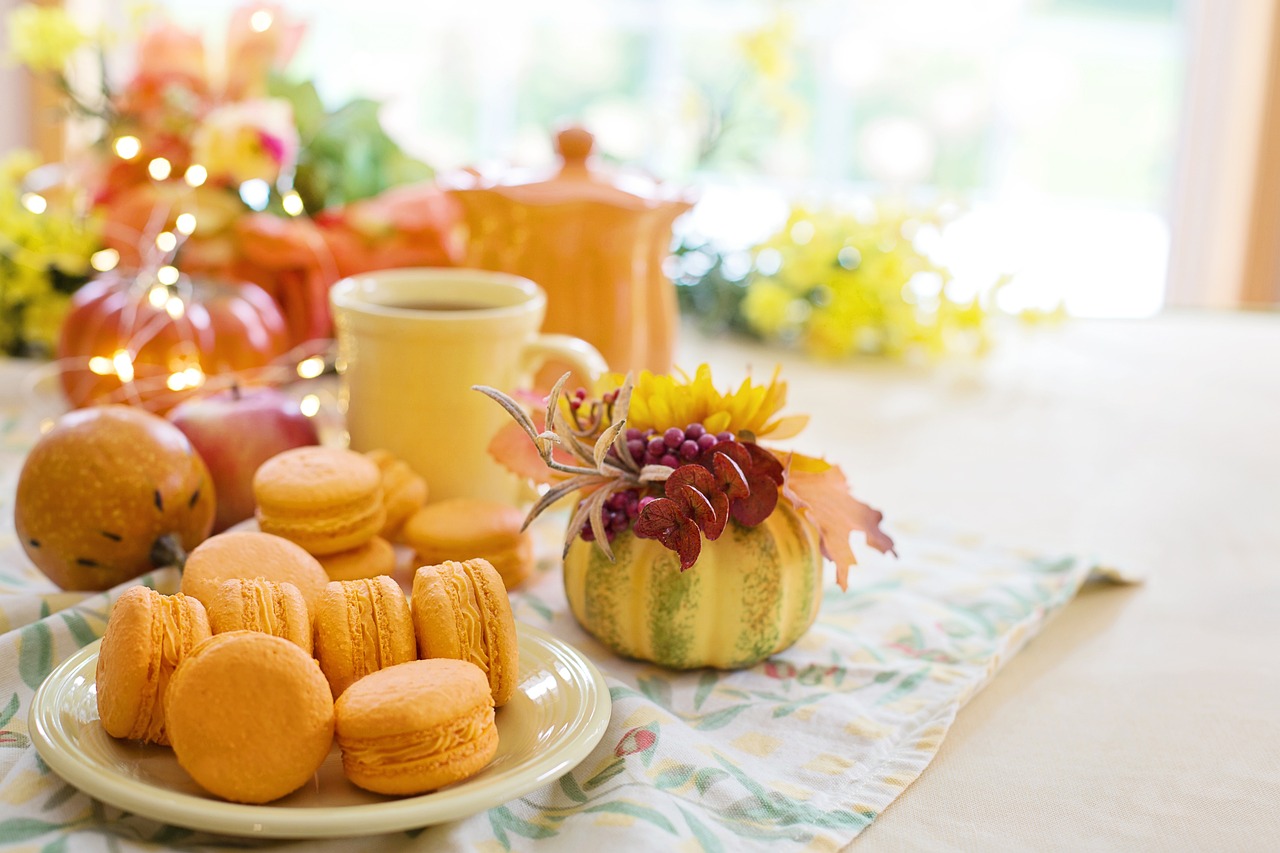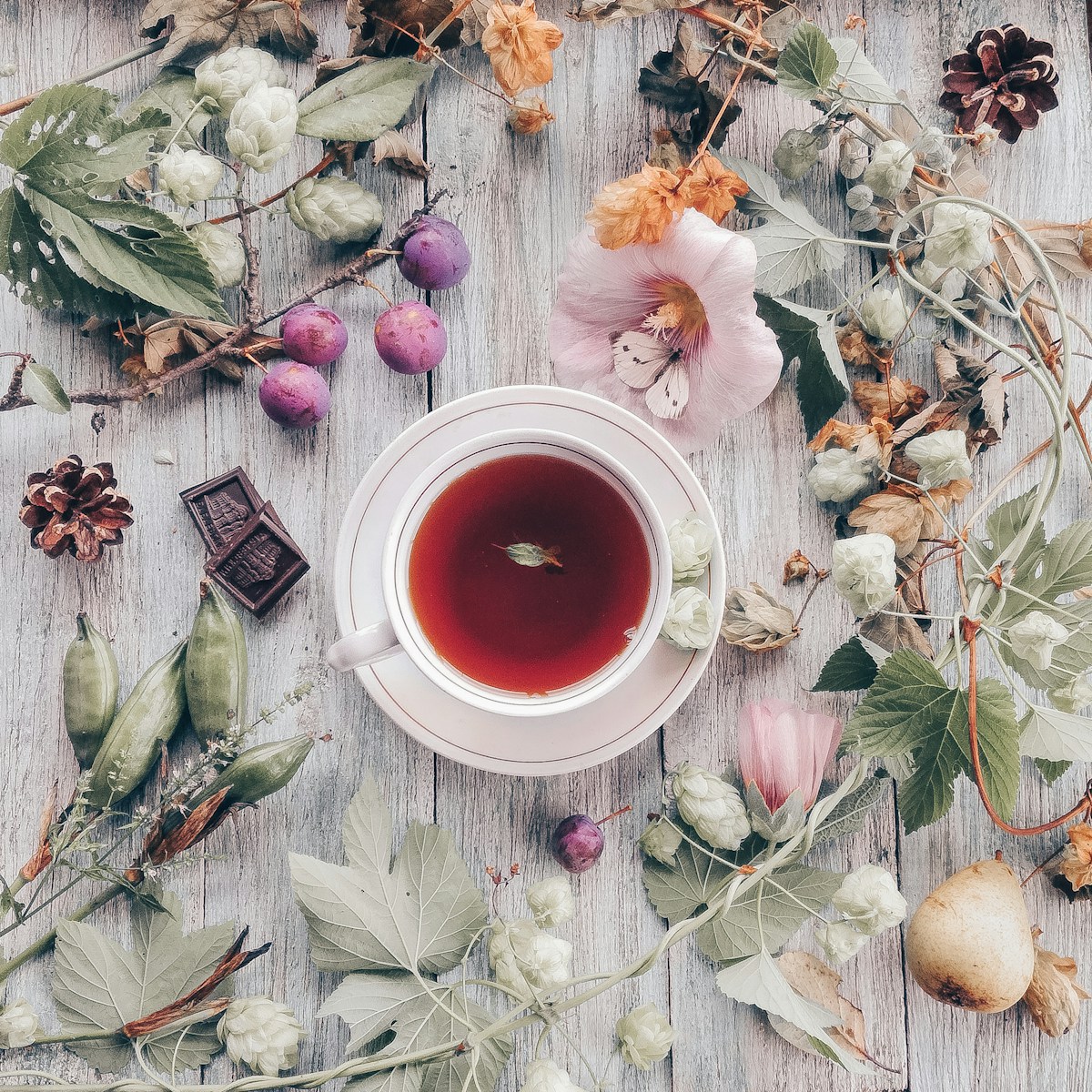
A Sip of History: The Journey of Afternoon Tea
Afternoon tea is often associated with elegance, delicate china, and the soft clinking of teacups, but its origins tell a different story. The ritual of enjoying a light meal in the afternoon has a colorful past that reflects social changes, culinary innovations, and even a bit of rebellion. So, let’s take a delightful dive into the history of this beloved British tradition and discover how it transformed from a simple necessity to a symbol of sophistication.
The Roots of a Custom
To truly appreciate afternoon tea, we must journey back to the early 19th century, a time of significant social change in Britain. Imagine the scene: the Industrial Revolution is in full swing, and with it comes the hustle and bustle of urban life. People were working long hours, and the traditional meal patterns were shifting. The upper classes were becoming more accustomed to refined dining experiences, while the working class was adjusting to their new urban lifestyles.
In this era, there was a noticeable gap between lunch and dinner, often leaving people feeling famished by mid-afternoon. Enter Anna Maria Russell, the Duchess of Bedford, who played a pivotal role in popularizing this new meal. Legend has it that Anna, feeling a bit peckish in the late afternoon, asked her servants to bring her tea, bread, butter, and cakes to tide her over until the evening banquet. This simple act of snacking soon caught on, and before long, it became a fashionable affair among her friends and acquaintances.
The Socialite’s Snack
As the Duchess of Bedford shared her idea with her circle, afternoon tea evolved from a solitary snack into a social gathering. The practice spread like wildfire among the aristocracy, and it wasn’t long before this emerging tradition became a highlight of the social calendar.
The gatherings typically took place in the drawing rooms of grand homes, complete with lavish spreads. These early tea parties featured not just tea but also a variety of finger sandwiches, scones with clotted cream and jam, and an assortment of pastries. The focus was on light, dainty fare—nothing too filling that would spoil the appetite for dinner.
The Evolution of Etiquette
With the popularity of afternoon tea came the establishment of rules and etiquette. Social status played a significant role in how one conducted themselves during these gatherings. It was a time to display not only one’s culinary skills but also one’s manners. Guests were expected to dress appropriately, and conversations were to be kept light and pleasant, often revolving around recent events, fashion, or local gossip.
As the upper class refined their afternoon tea experiences, the middle class began to adopt the tradition as well. Tea houses sprang up in cities, offering a more accessible version of the aristocratic tea party. This democratization of afternoon tea meant that people from various backgrounds could enjoy a midday respite, albeit in a less formal setting.
The Age of Innovation
The Victorian era saw an explosion of creativity in the realm of afternoon tea. This was a period defined by exploration, colonization, and the global exchange of goods, which included tea. As the British Empire expanded, so did the variety of teas and snacks available to the British public. Exotic blends and flavors began to inspire new recipes and presentations.
Scones became a staple, and recipes for sweet and savory variations multiplied. Afternoon tea transformed into a culinary showcase, with hostesses competing to outdo one another with their spreads. Sandwiches were cut into intricate shapes, and pastries became more elaborate than ever. The standing notion was that the more ornate the display, the better the gathering.
The Grand Hotels and the Tea Revival
As the 20th century rolled around, the tradition of afternoon tea faced challenges from changing social norms and lifestyles. With the advent of modern dining practices and busy lifestyles, the ritual began to wane. However, the revival came during the interwar period, especially in the grand hotels of London, like The Ritz and Claridge’s. These venues embraced the tradition, elevating it to a luxurious experience.
The grand hotels introduced a level of sophistication that attracted both locals and international visitors. Here, afternoon tea became synonymous with opulence, complete with elegantly designed tea sets, live music, and a lavish selection of treats. The experience transformed into an event, with patrons donning their finest attire to enjoy this midday indulgence in style.
Modern Interpretations
Today, afternoon tea continues to thrive, albeit in various interpretations. While many still adhere to the traditional format, contemporary takes have emerged. Some establishments offer themed tea experiences, such as chocolate afternoon tea or even gin-infused varieties. Seasonal elements play a role too, with autumnal flavors or summer fruits featuring prominently on menus.
Afternoon tea is no longer the exclusive domain of the upper class. It has become a beloved tradition celebrated by people of all walks of life. Many cafes and restaurants offer affordable options, making the experience accessible to anyone looking to enjoy a delightful break from the day.
The Global Influence
The British afternoon tea experience has also influenced cultures around the world. In places like Hong Kong, high tea is a popular social activity, often enjoyed with a stunning view of the skyline. In the United States, the concept has been adapted into brunch menus at various eateries, combining the best of both worlds—breakfast and tea time.
A Tradition Worth Preserving
The charm of afternoon tea lies not just in the food and drink but also in the opportunity it provides for connection and conversation. In a fast-paced world where time is often scarce, setting aside an hour or two to enjoy a leisurely tea can feel refreshingly indulgent. It’s a moment to unwind, savor delicious treats, and engage with friends or family.
As the tradition continues to evolve, one can only hope that the essence of afternoon tea—the joy of gathering and the pleasure of good food—remains intact. After all, it’s not just about sipping tea from fine china; it’s about celebrating the simple joys of life with those we cherish.
Conclusion: A Toast to Tradition
In conclusion, the story of afternoon tea is a testament to how a simple need for sustenance evolved into a cherished tradition that symbolizes grace, hospitality, and friendship. From the Duchess of Bedford’s hunger pangs to the grand tea rooms of today, the journey of afternoon tea reflects the ever-changing landscape of British society. So, whether you’re indulging in a classic scone or experimenting with modern flavors, raise your teacup and toast to a tradition that has withstood the test of time. Cheers!

